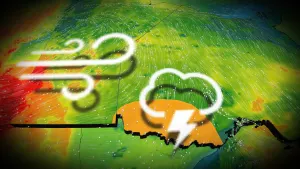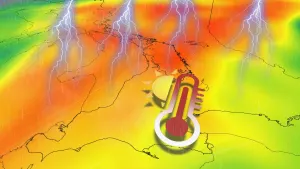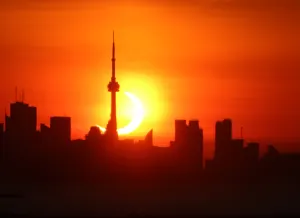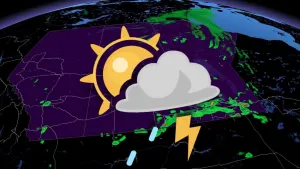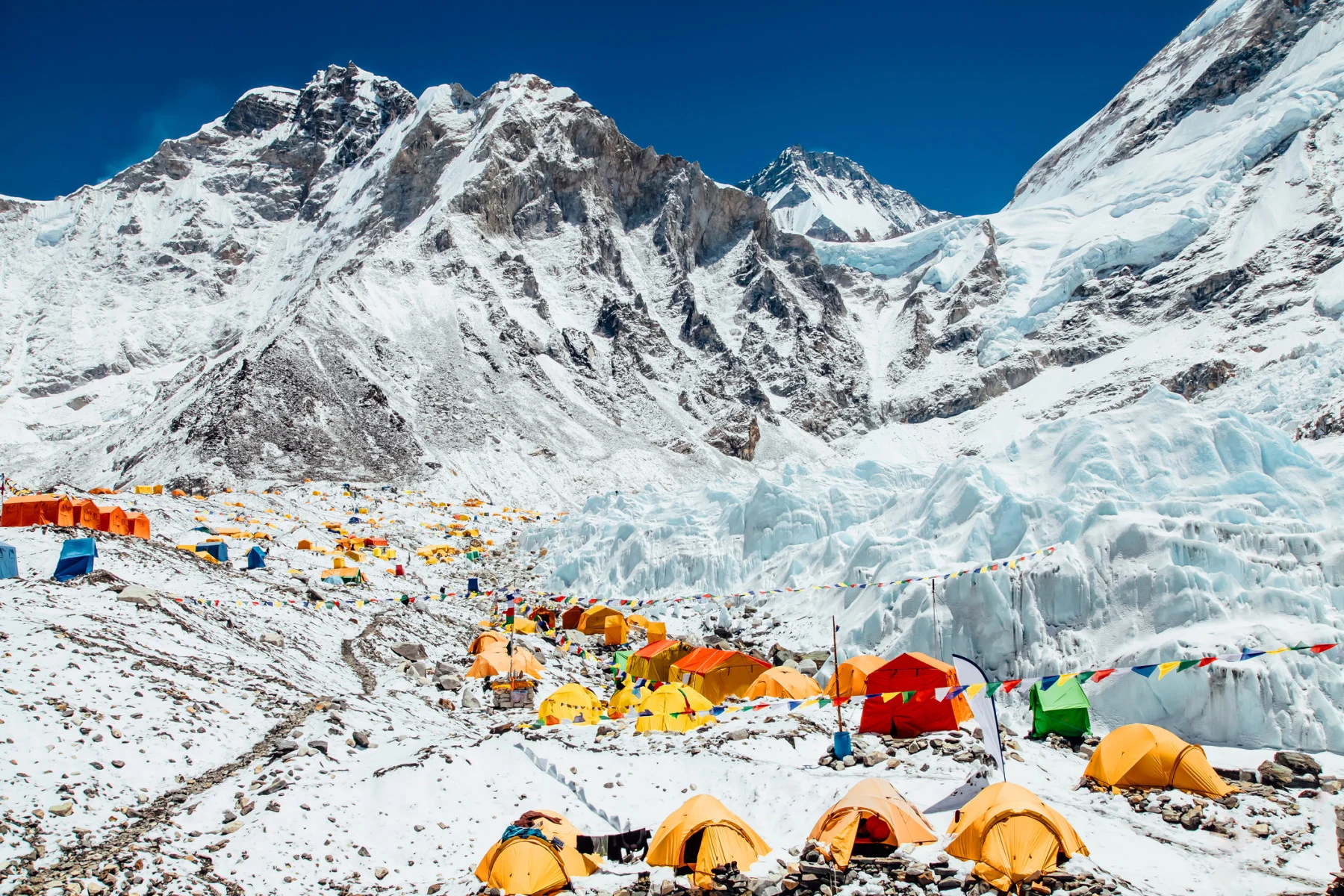
Mt. Everest ice that took 2,000 years to form has melted in 25 years
Glacier mass loss could make Mount Everest more dangerous for climbers and over one billion people could face a reduced supply of water used for irrigation and human consumption.
Mount Everest towers nearly nine kilometres above sea level, making it the tallest peak on Earth with extreme temperatures that are never above freezing at the summit. However, even this famously frigid landmark is not shielded from the influence of the warming climate.
A study published in Nature reports that South Col Glacier, one of the highest glaciers on Mount Everest, has undergone concerning changes. Though this glacier took roughly 2,000 years to form, it has melted in just 25 years, a rate that is 80 times faster than the time it took to form.
The research team installed two weather stations on Everest and extracted an ice core sampled at 8,020 metres, making it the highest-elevation ice core ever obtained. Data collected from these sources indicate that these high-altitude glaciers are extremely sensitive to changes in the atmosphere and are rapidly retreating.
“Everest’s highest glacier has served as a sentinel for this delicate balance and has demonstrated that even the roof of the Earth is impacted by anthropogenic source warming,” the researchers state in the study.

The summit of Mount Everest seen on top of Kala Patthar, the famous view point located behind Gorak Shep, eastern Nepal, Asia. (Feng Wei Photography/ Moment/ Getty Images)
Significant amounts of snow covering the mountain surface are undergoing sublimation, meaning that they are transitioning states from a solid to vapour. Data from the 10-metre-long ice core taken from South Col Glacier revealed that the glacier turned from snowpack to ice and lost its ability to reflect sunlight, which sped up the melting rate and increased sublimation.
Warming air temperatures, declining relative humidity, and increasingly strong winds were also factors that have influenced sublimation on Mount Everest.
The study says that the insights gained by studying Everest can be used to predict what other high-mountain glacier systems could experience in the future.
“Climate predictions for the Himalaya suggest continued warming and continued glacier mass loss, and even the top of the Everest is impacted by anthropogenic source warming,” Mariusz Potocki, a climate scientist at the University of Maine and study contributor, said in a press release.
Widespread thawing across the mountain could make Everest expeditions increasingly challenging as snow and ice cover reveal exposed bedrock, which is difficult for hikers to travel over. The Khumbu base camp, which is home to approximately 1,000 climbers and logistics teams during the climbing season, could also become destabilized with glacial melt.
Shrinking glaciers will have serious implications for the broader region such as increasingly frequent avalanches. Glacial meltwater that is used for both irrigation and consumption by over one billion people will also become scarce in the coming decades.
Thumbnail credit: Elena Slepitskaya/ iStock/ Getty Images Plus








